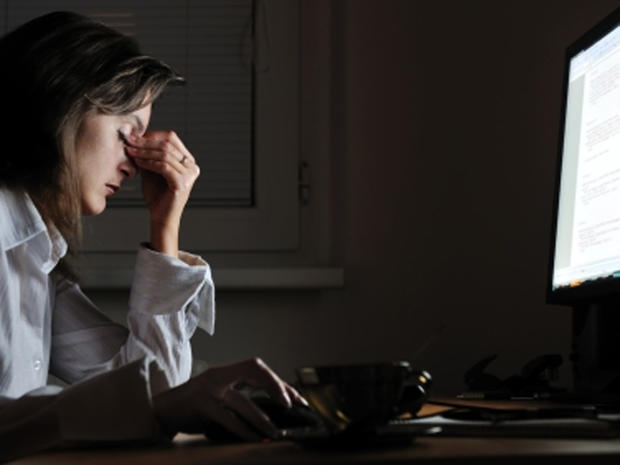Can't sleep? Step-by-step guide to shut-eye
From Health.com, here's a step-by-step guide to help you create a more snooze-inducing routine.
Can't sleep? Step-by-step guide to shut-eye
During the day
Surprisingly, being active in the early evening may help you fall asleep more easily, Kline says, but see what timing works best for you.
Can't sleep? Step-by-step guide to shut-eye
Two hours before bedtime
The type of lightbulbs you use also matters. "Cold, harsh white light" - like that found in fluorescent bulbs - "contains a significant blue component, which is most likely to interfere with sleep onset," says Dr. Michael Terman, an expert on light and biological rhythms at Columbia University Medical Center. Blue light, more so than other colors in the light spectrum, suppresses the body's release of melatonin, the hormone that makes us sleepy.
Check lightbulb packaging for the words "soft" or "warm" and for a color temperature of 3000 kelvins or less, which is less likely to trigger insomnia, Terman says.
Can't sleep? Step-by-step guide to shut-eye
One hour before bedtime
So if you can't give up your late-night screen time, at least turn down the brightness on your TV, tablet, or computer. You can also install a free program called f.lux on your laptop to automatically reduce the blue light it emits at night.
Can't sleep? Step-by-step guide to shut-eye
Half an hour before bedtime
Pick an article or book that's not so suspenseful it keeps you up (think Bossypants, not Hunger Games), and nothing work- or school-related--too stressful!
More from Health.com: 8 Factors That Could Be Keeping You Awake at Night




